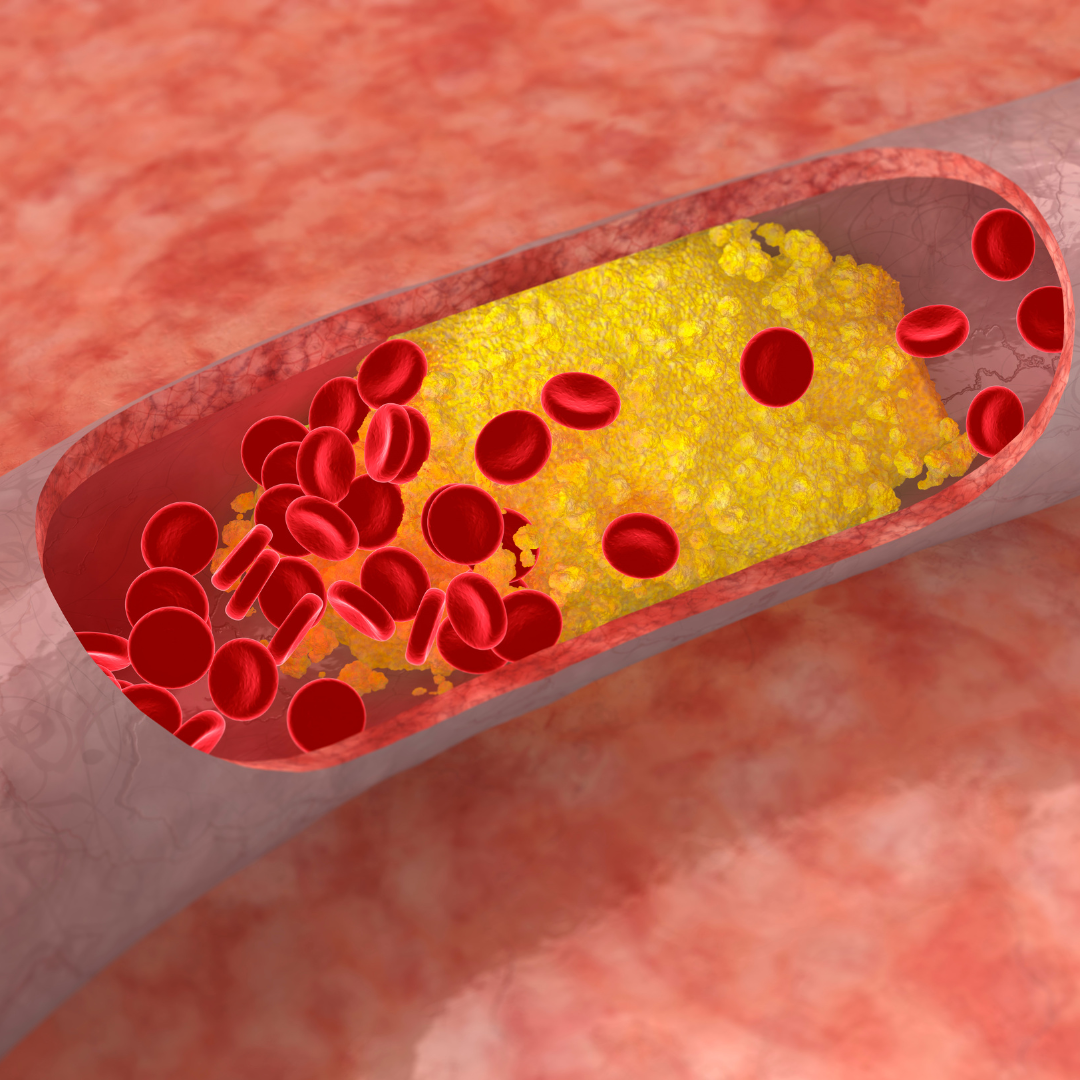
Plantar Fasciitis and Menopause
If you have painful feet - specifically a sore spot on your sole in front of your heel - the likelihood is, it’s plantar fasciitis. But what exactly is it, and what can you do to help?
The plantar fascia (ligament) is a thick band of tissue on the bottom of your foot, connecting your heel to your toes. It acts as your body’s shock absorber when your foot hits the ground. When this band is inflamed, it causes pain known as plantar fasciitis.
Plantar fasciitis is common in runners, walkers, dancers, and anyone who spends a lot of time on their feet. In fact, if you’ve ever hobbled out of bed in the morning, chances are plantar fasciitis is to blame. It’s characterised by pain at the bottom of the foot, in front of the heel, and is typically worse first thing, or when you stand up after long periods of sitting. It may ease with movement.
What factors make plantar fasciitis worse?
Declining oestrogen in peri menopause and menopause can affect every aspect of your musculoskeletal system – including the bottom of your feet. Osteoporosis that affects your feet can also put you at greater risk of problems. And if you’ve gained weight in midlife, this puts more stress on your feet.
Other risk factors include obesity, age, a job that has you standing more than sitting, exercises that stress your feet like running or dancing, and anatomical issues such as high arches or tight calf muscles. Non-supportive or poor-fitting footwear such as high heels can also cause your calves to shorten.

So, what can we do about it?
As walking is a daily activity you may not think about stretching afterwards. But feet are often one of the most neglected parts of the body and making time to stretch and strengthen them is important.
If you’re increasing the number of steps you’re taking, perhaps as part of our Back to Basics program, or taking up running again as part of our Run Walk Run program, you need to consider the impact this is having on your body. Are you warming up before your walks and stretching afterwards? Are you wearing supportive and correctly fitting footwear? These can all make a difference.

What if I already have plantar fasciitis?
Plantar fasciitis can be used as catch-all term for any pain in the sole of the foot, so it’s worth going to a physiotherapist to get an accurate diagnosis of what’s causing issues for you, and what you can do to help relieve them.
Unfortunately, plantar fasciitis can be difficult to get rid of. Treatment will depend on your symptoms and the extent of your pain. Your doctor may recommend a period of rest followed by supports for your shoes. A course of physiotherapy and wearing night-time splints may also be suggested. Lifestyle changes, including losing weight, and drinking plenty of water can also help. Hormone Replacement Therapy (HRT) can help with depleted oestrogen, or a steroid injection may be needed in more severe cases.
The good news is that stretches and strengthening exercises can really help and to deal with pain and inflammation, you can ice your foot after stretching or use painkillers where appropriate.
In summary
It’s easy to take our feet for granted, but if we want to stay fit and active as we age, we need to look after our bodies from the ground up and do everything we can to reduce inflammation in our plantar ligament. Not to mention strengthen the 26 bones of the foot we rely on to keep us active.
www.harleystathome.com | Instagram @harleystreetathomemenopause
Facebook: Search Harley Street at Home: Diagnosis, Symptoms & Treatments or Harley St at Home: Lifestyle, Self-Care and Lifestyle to join our private community



